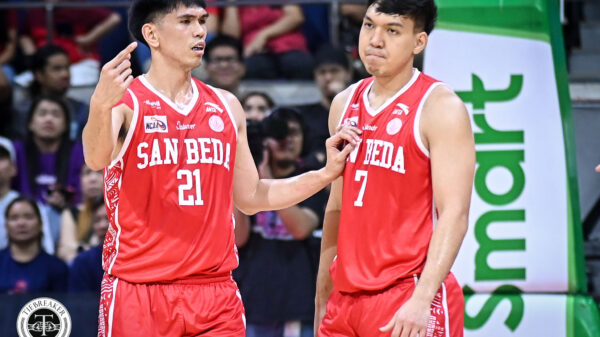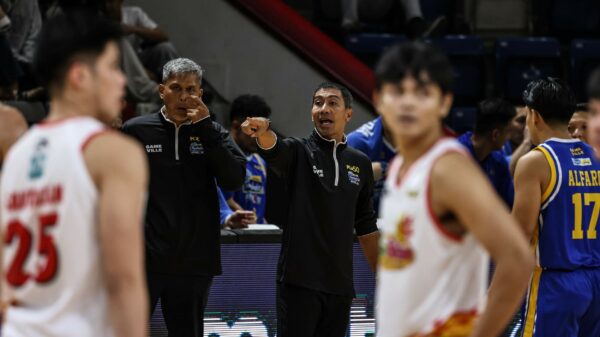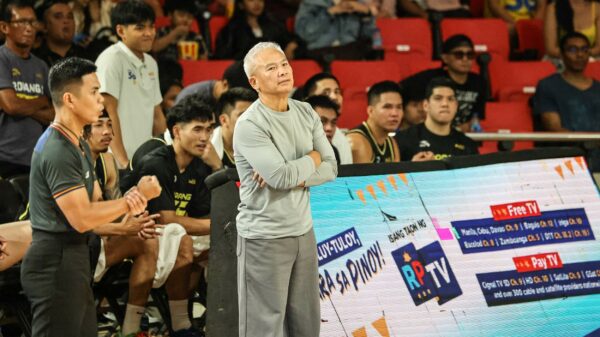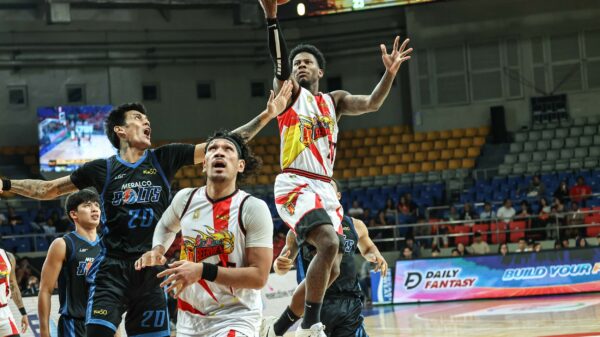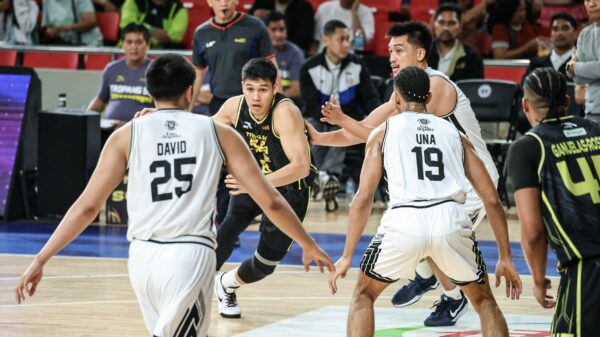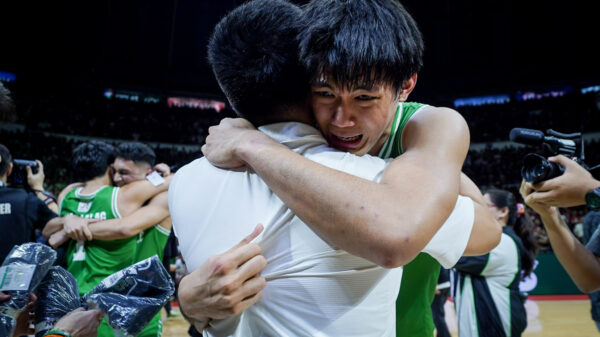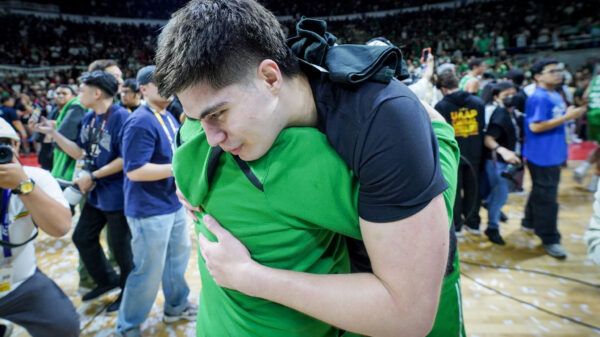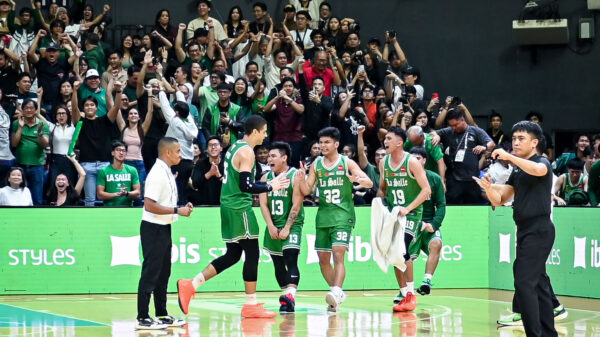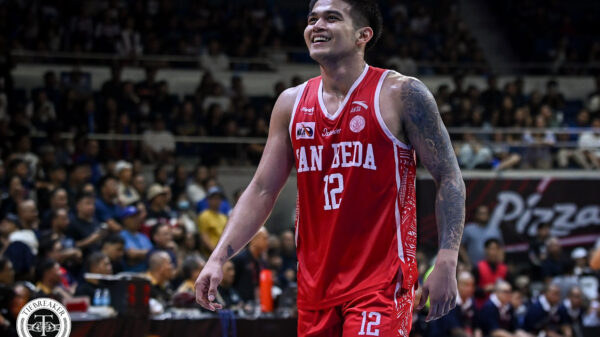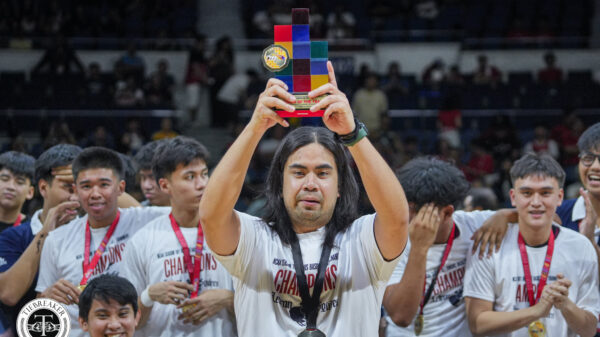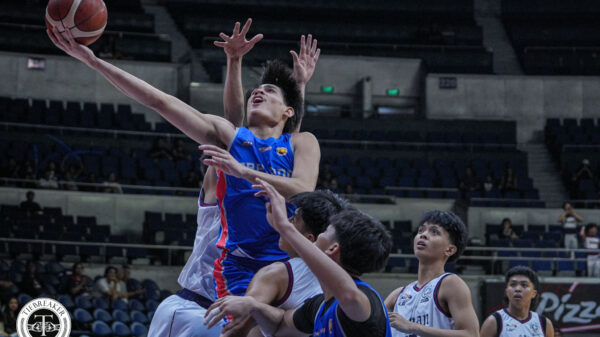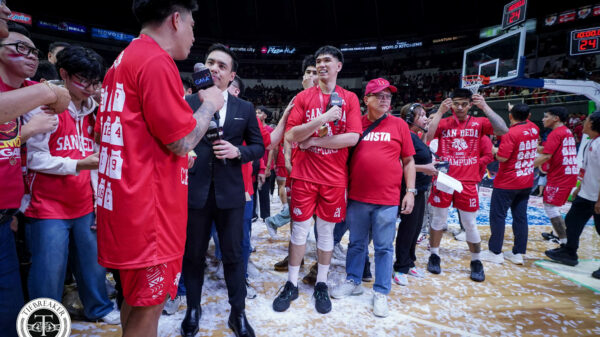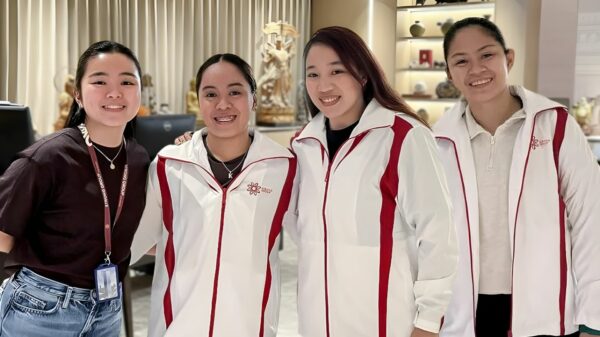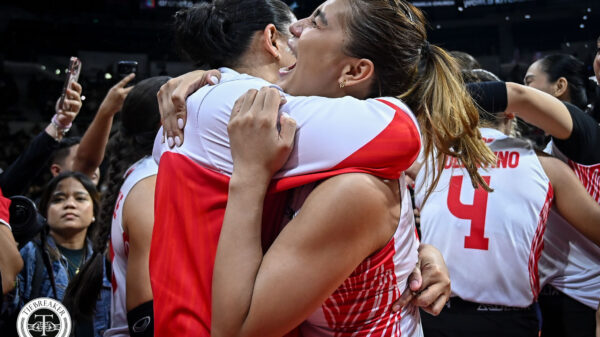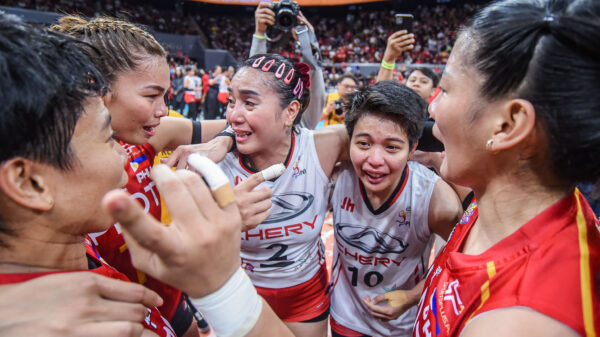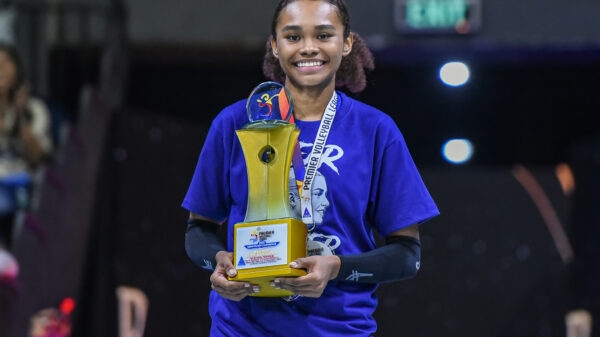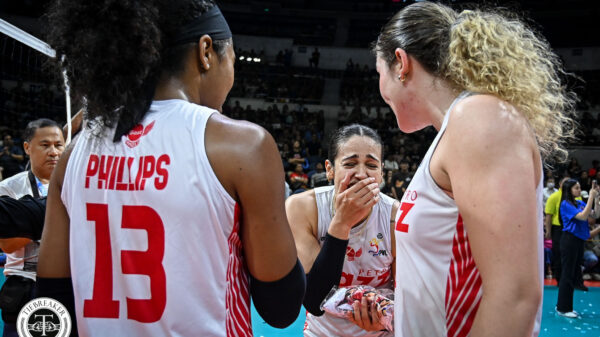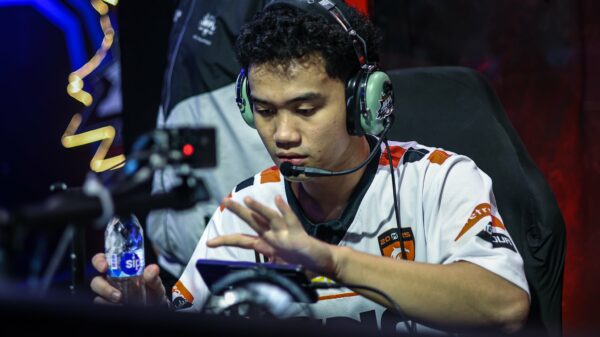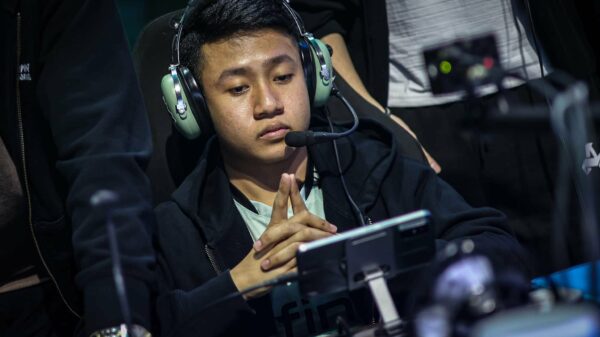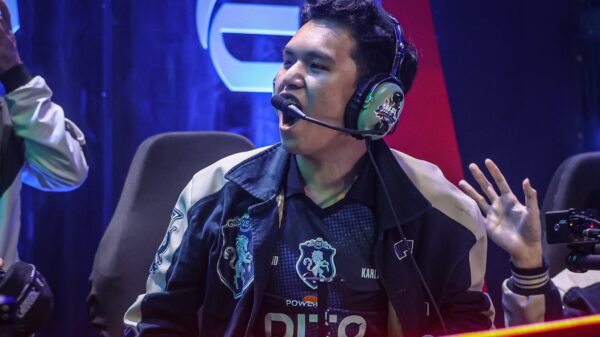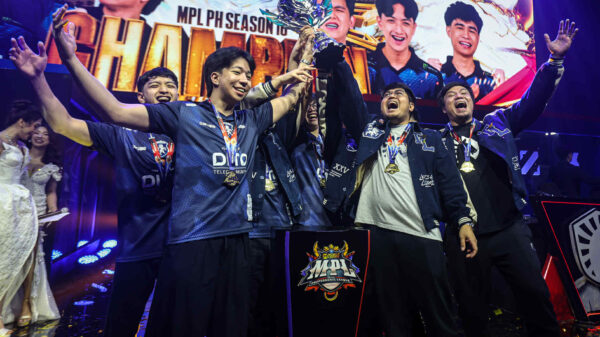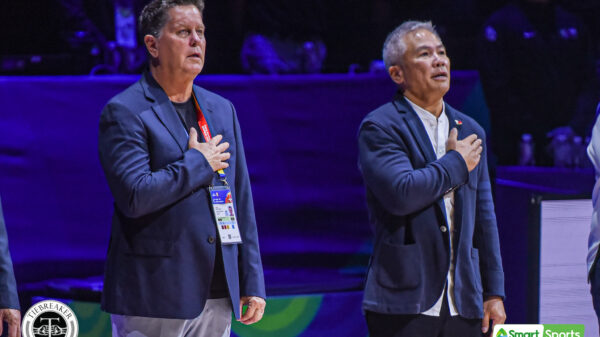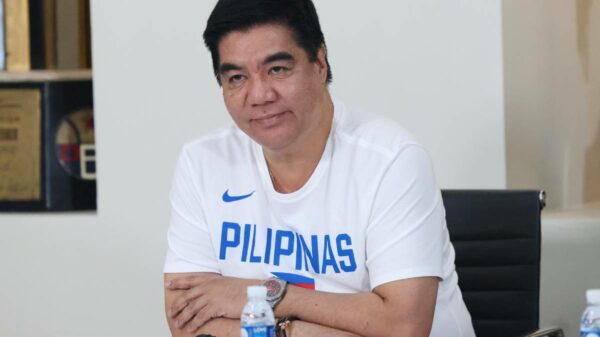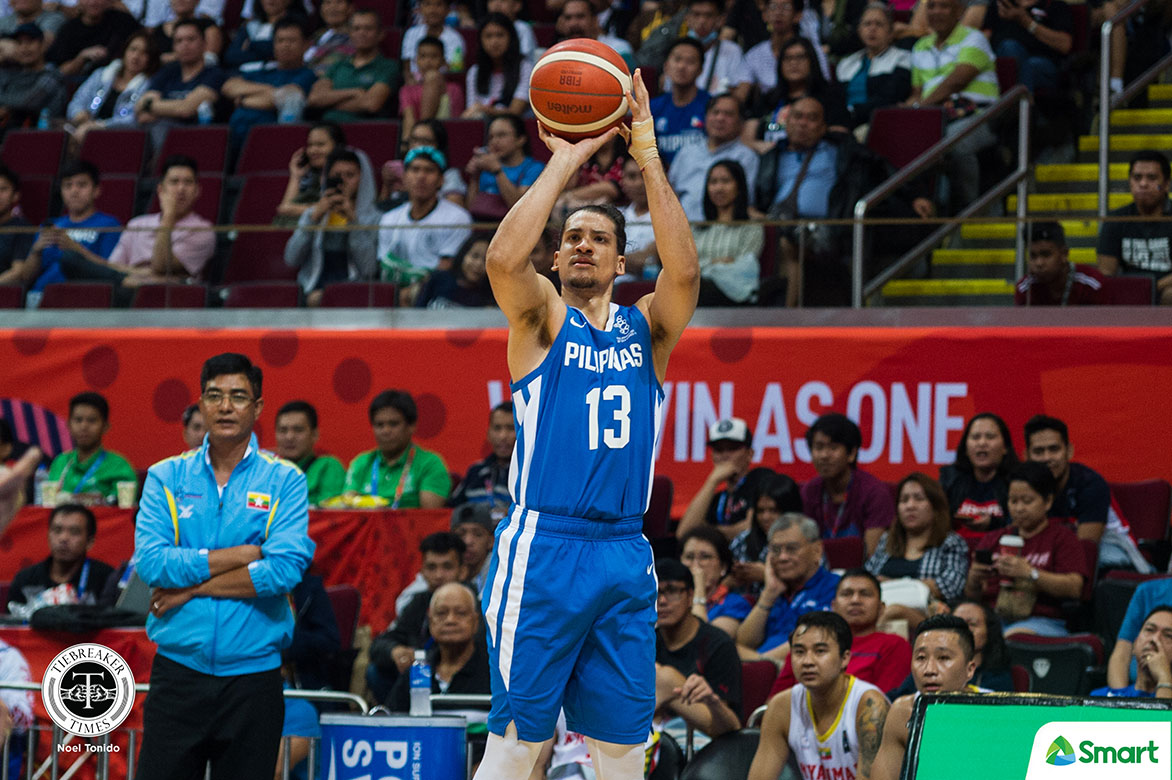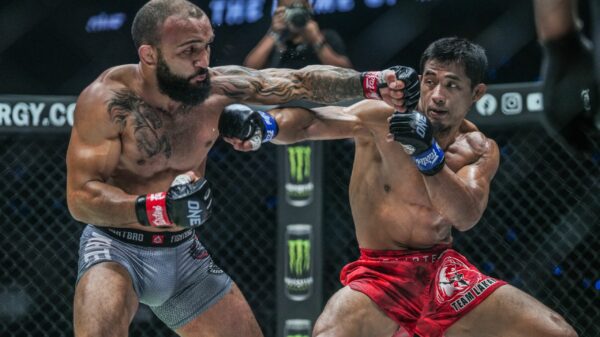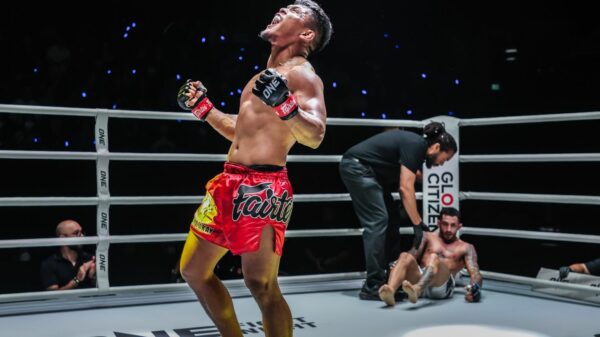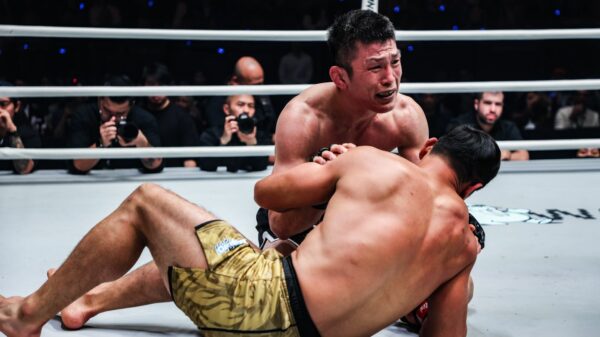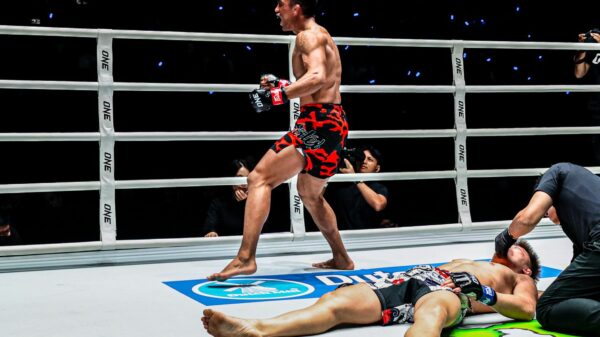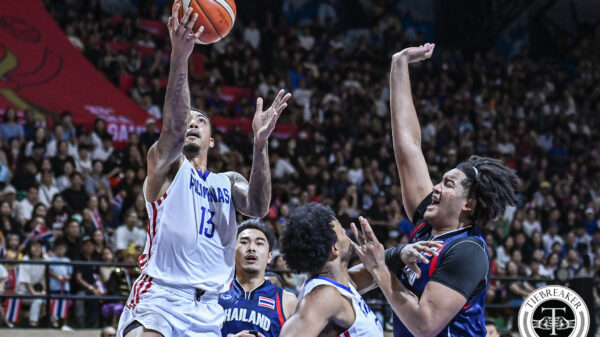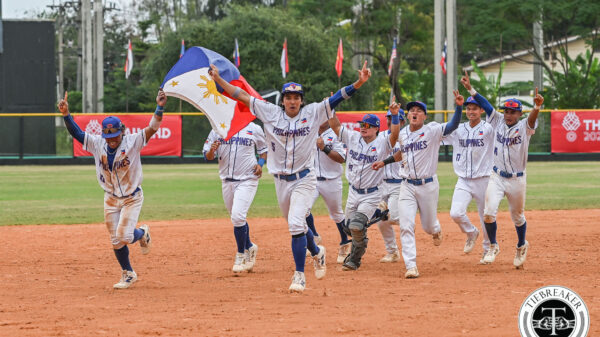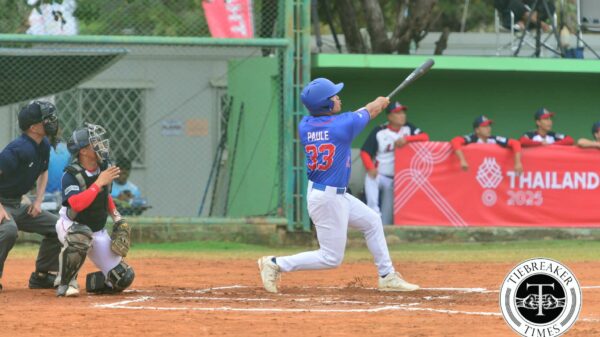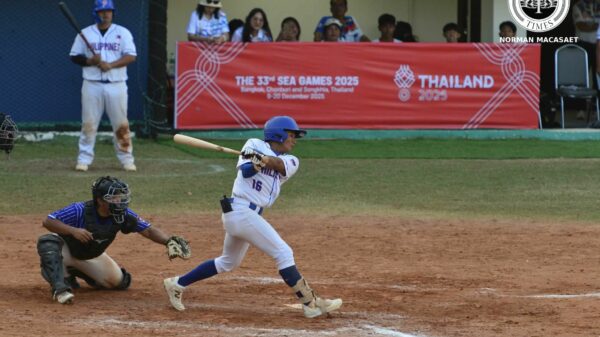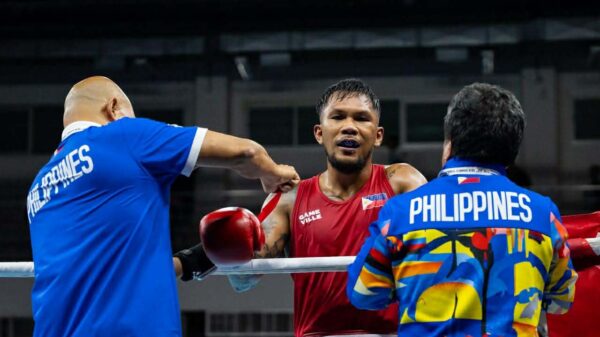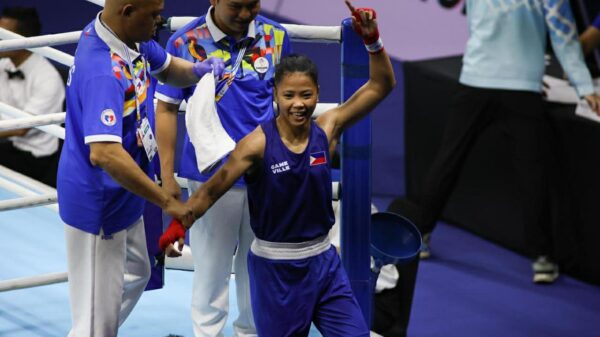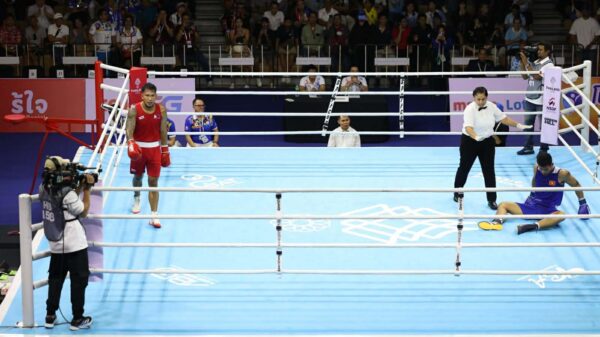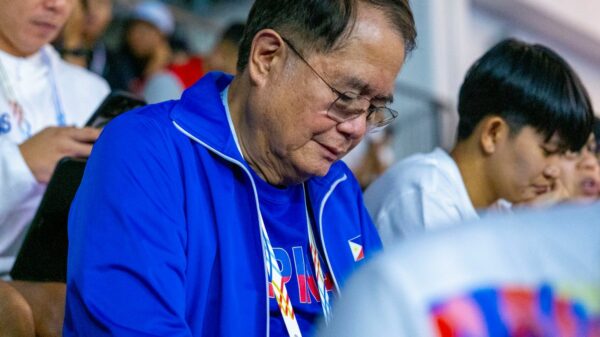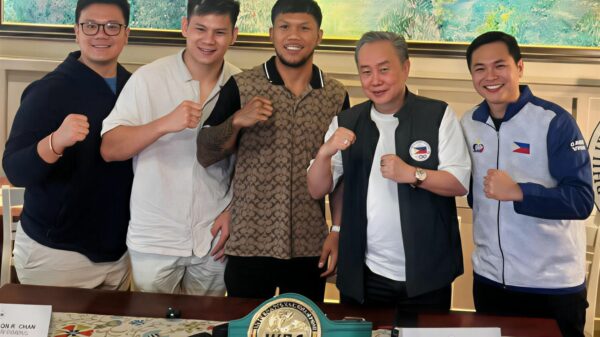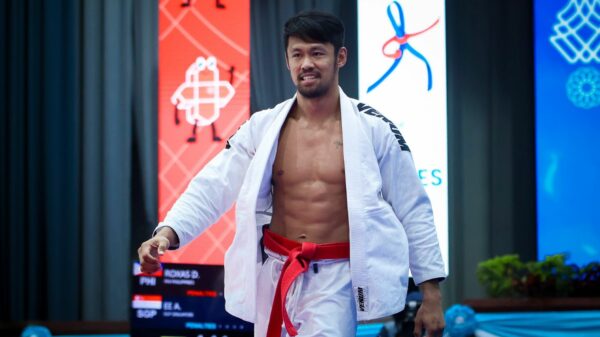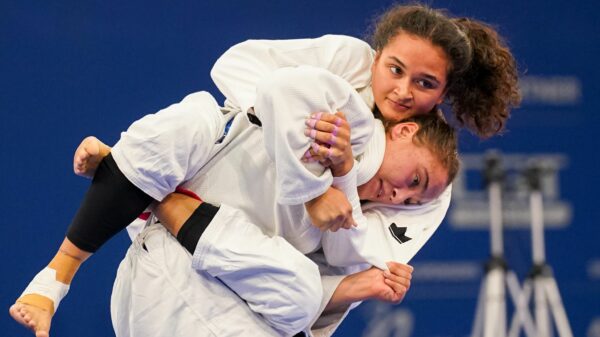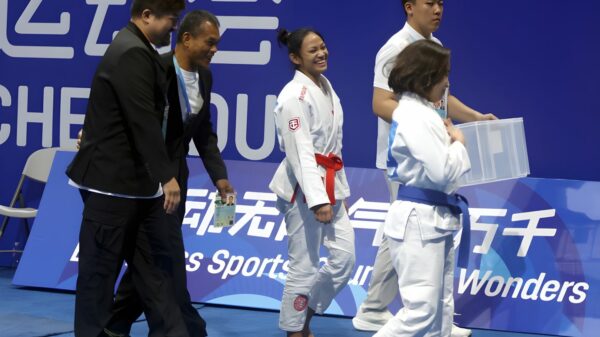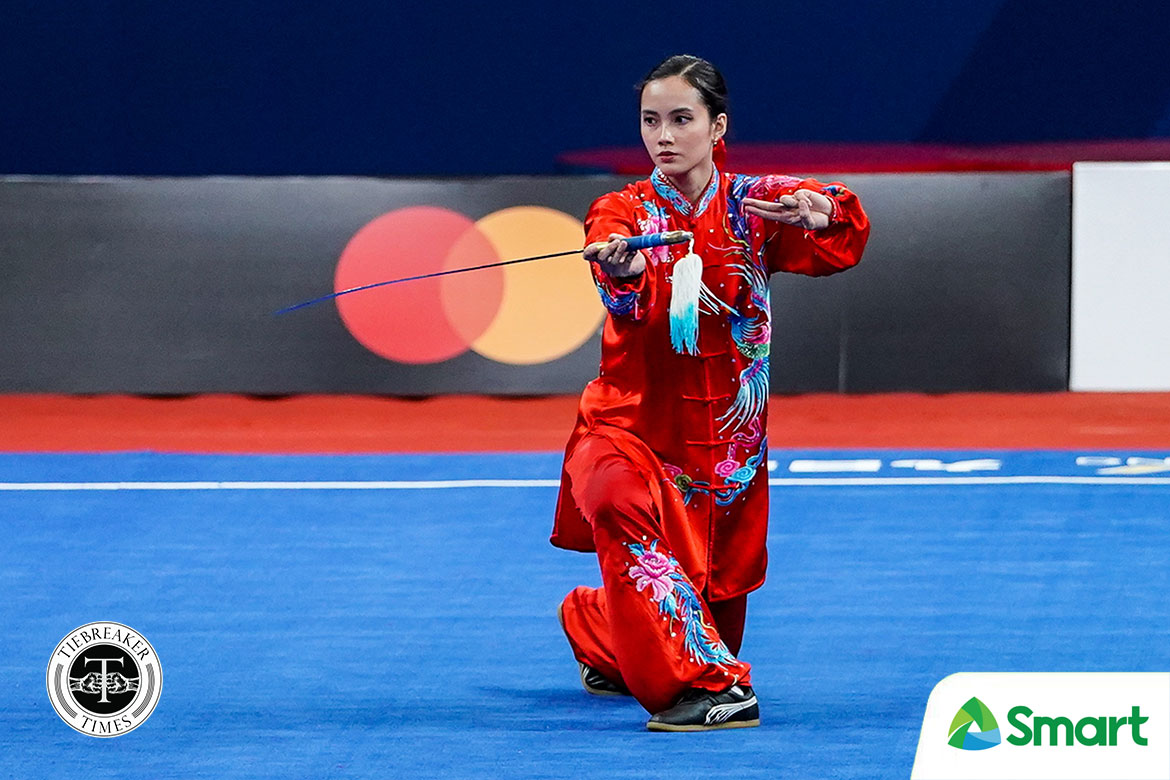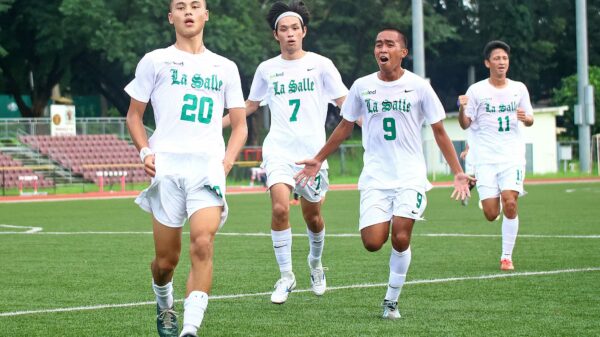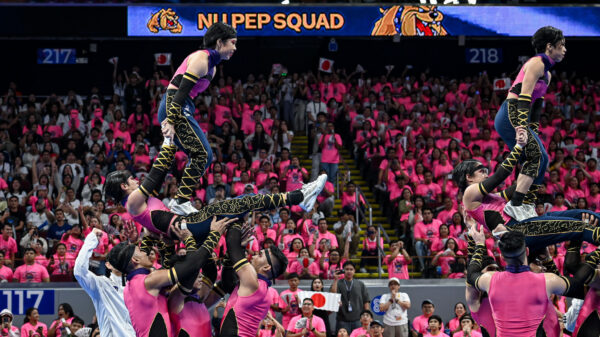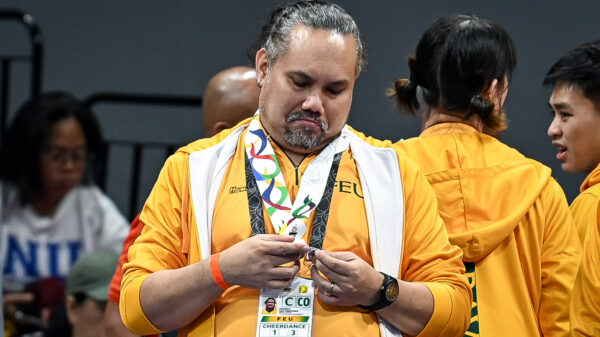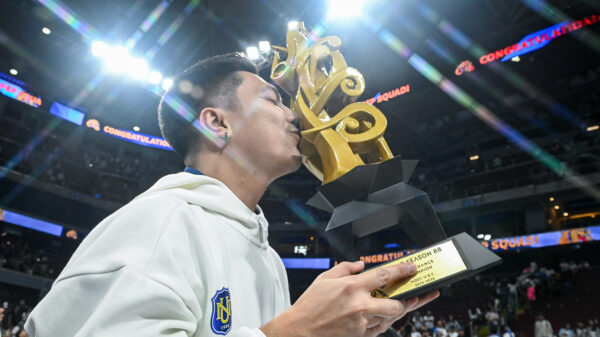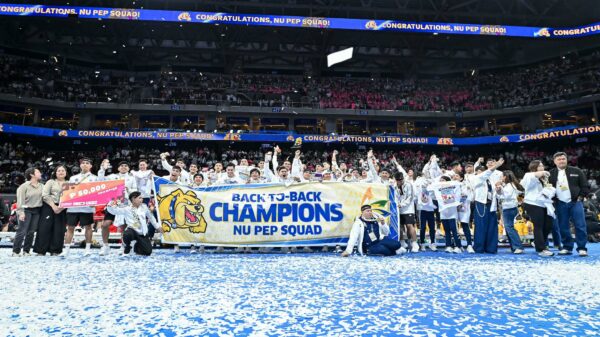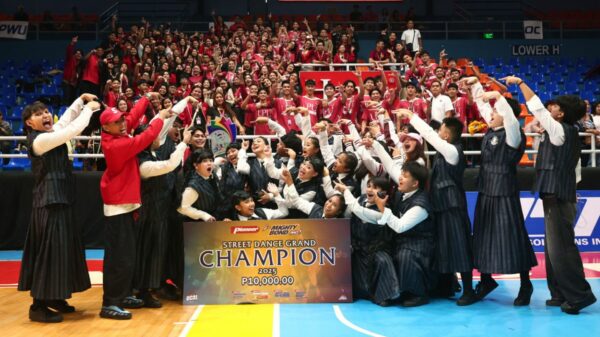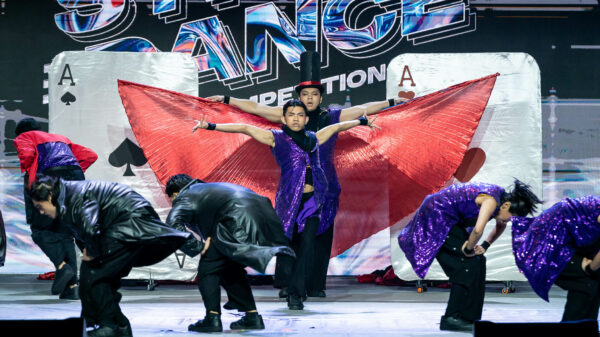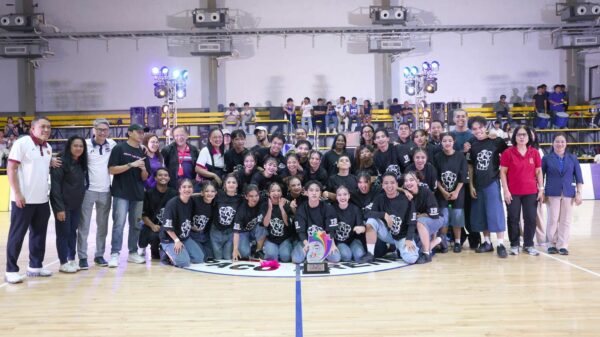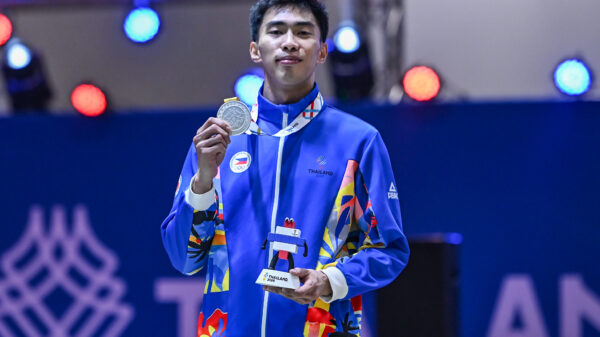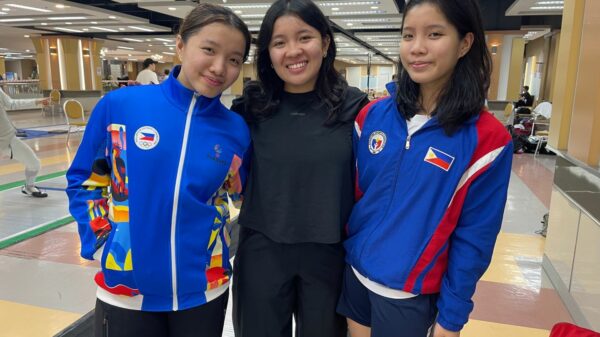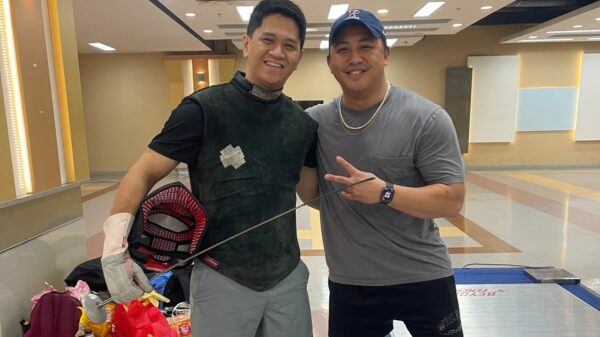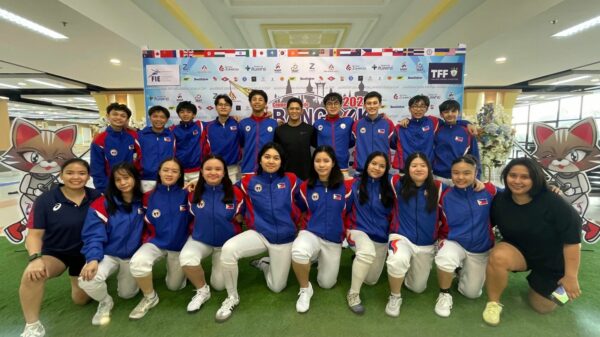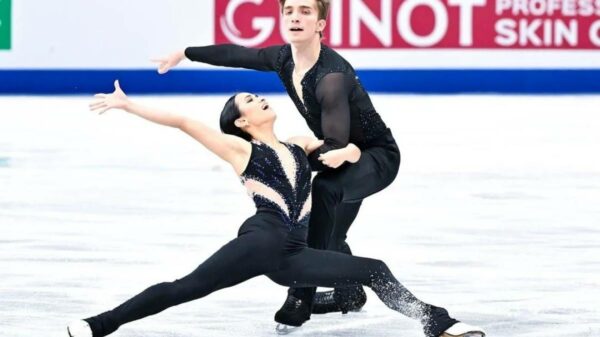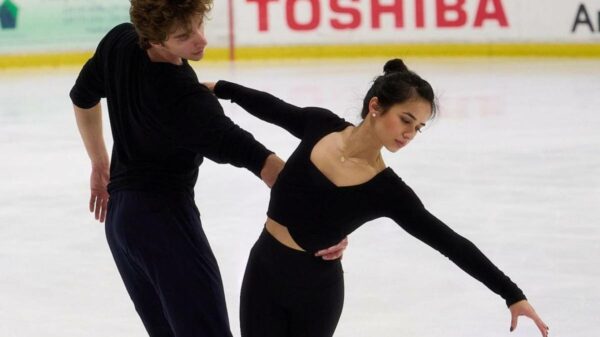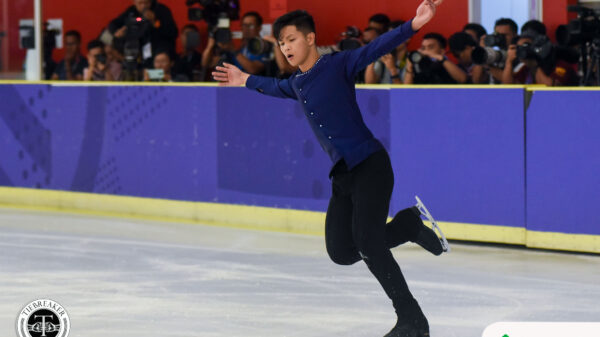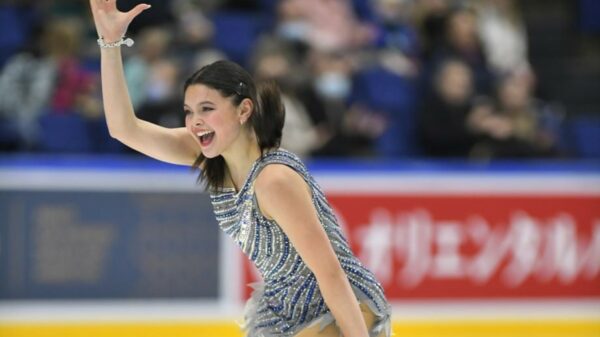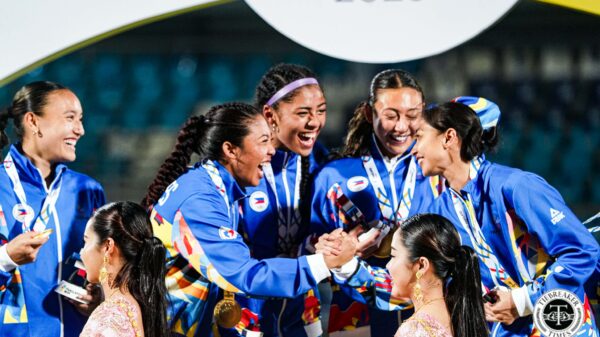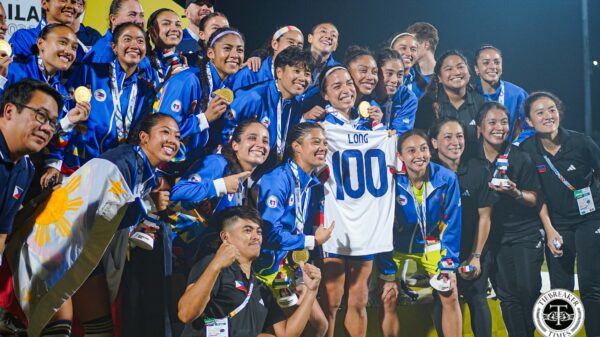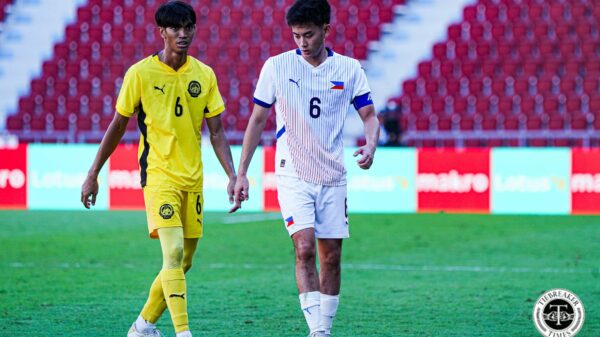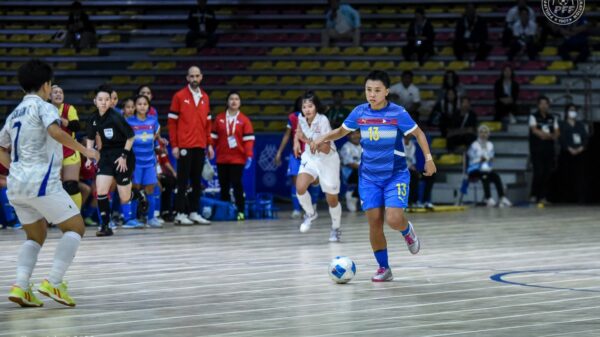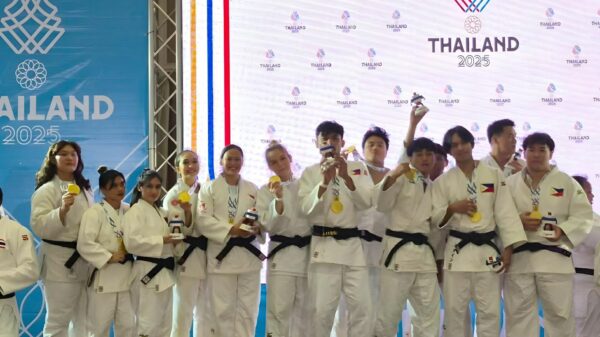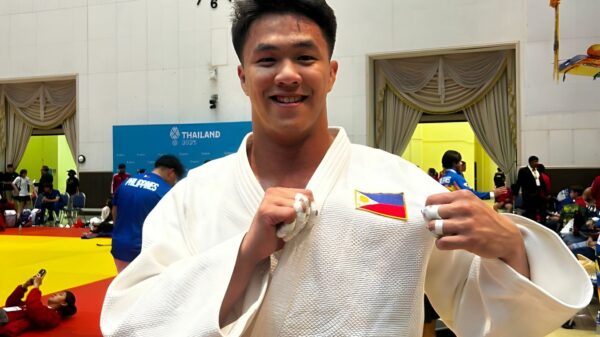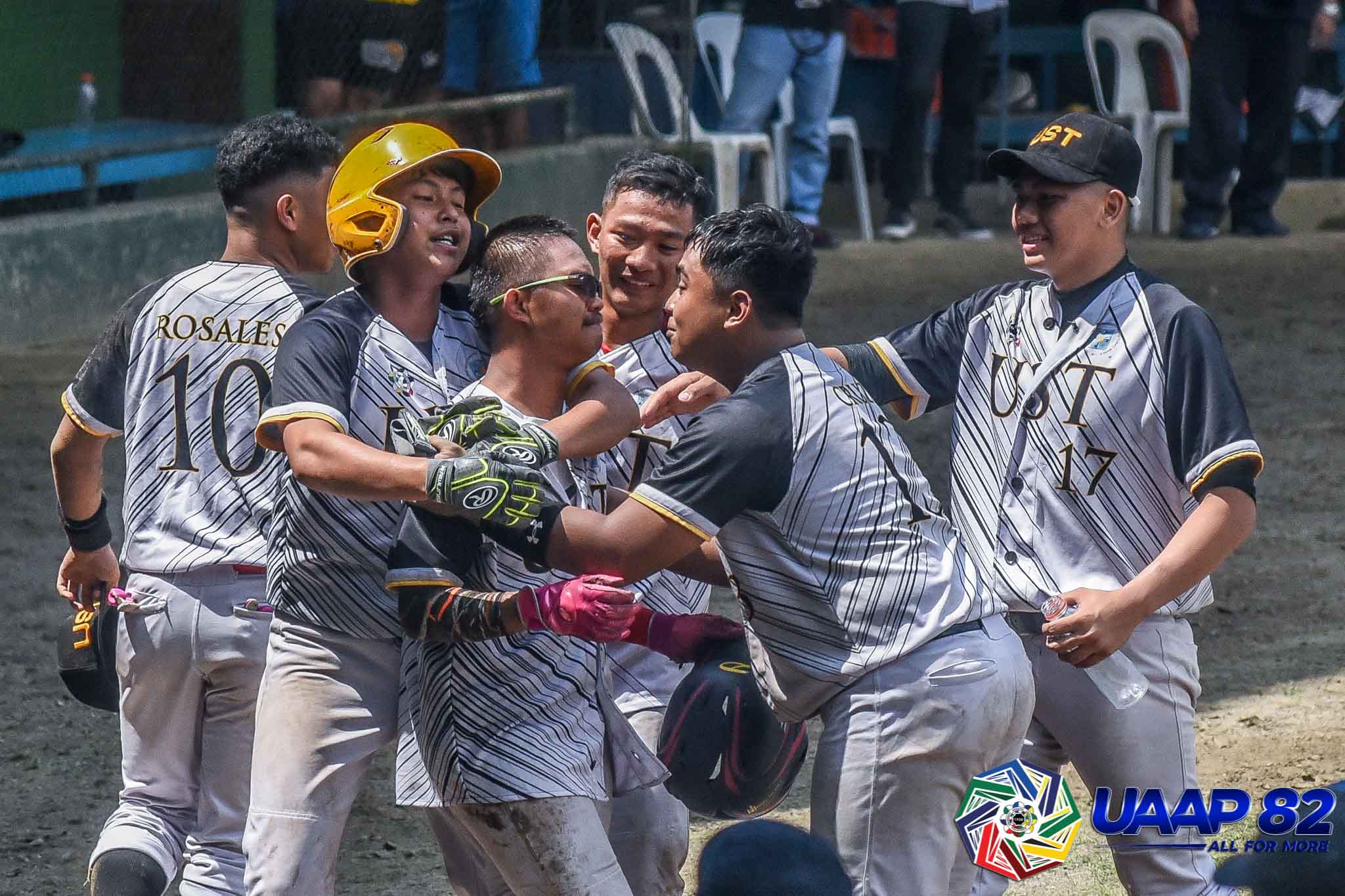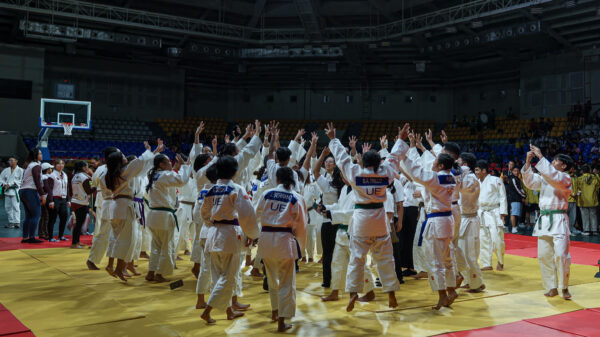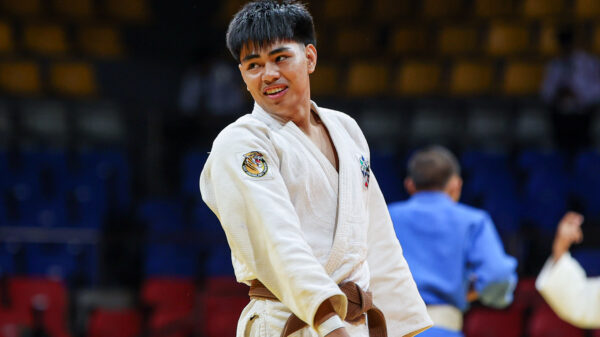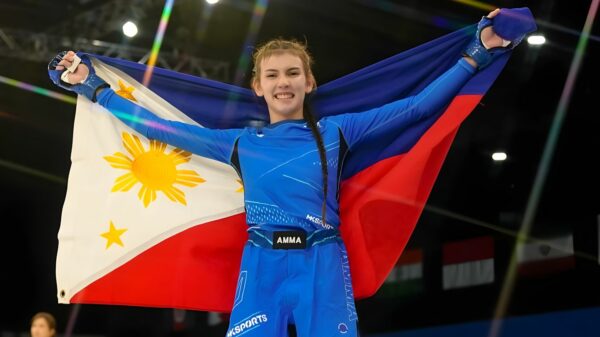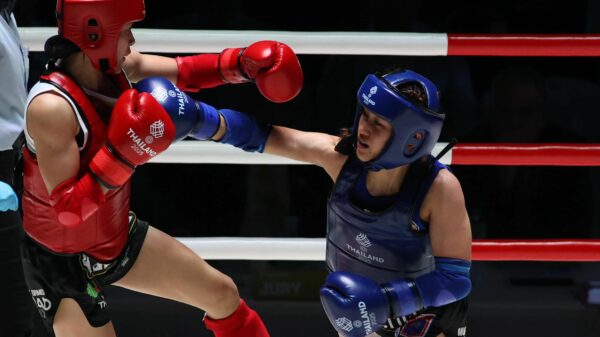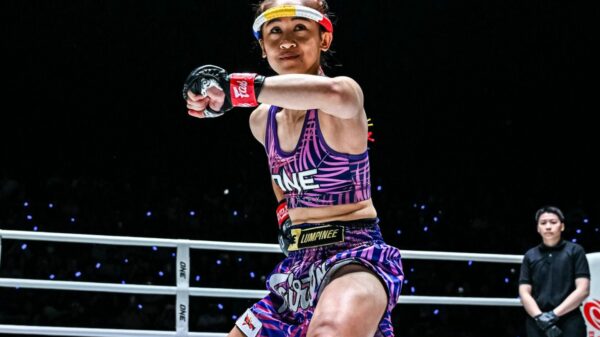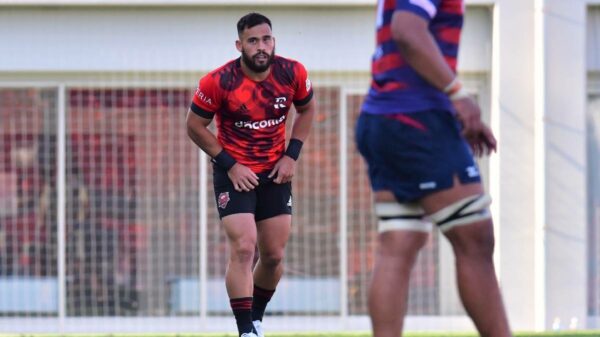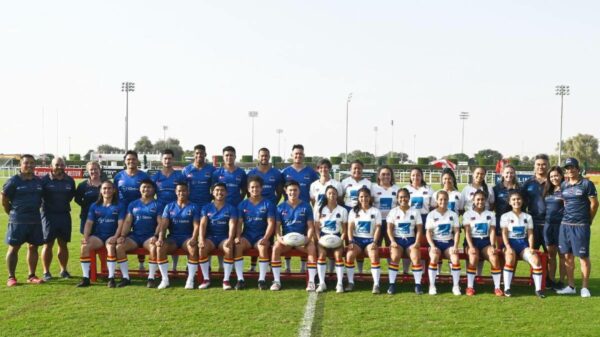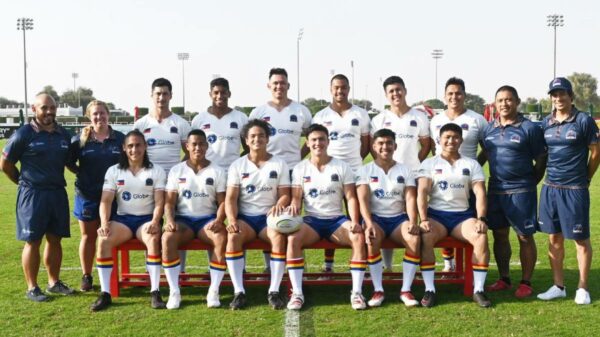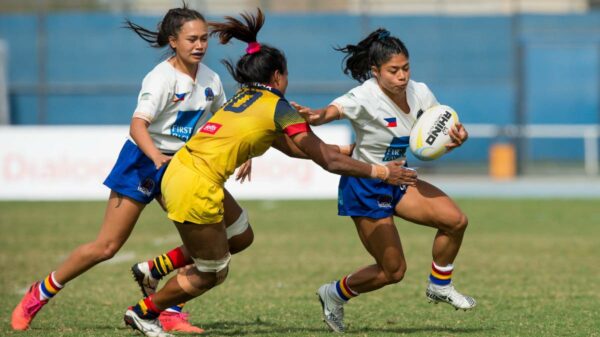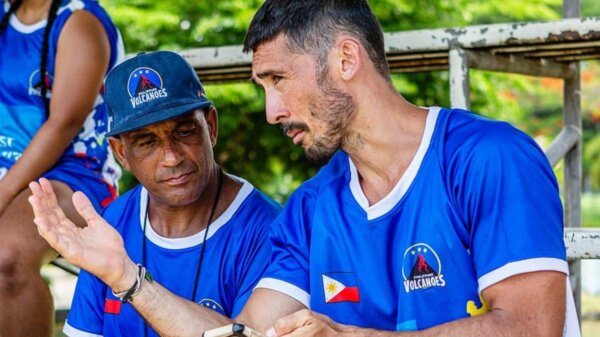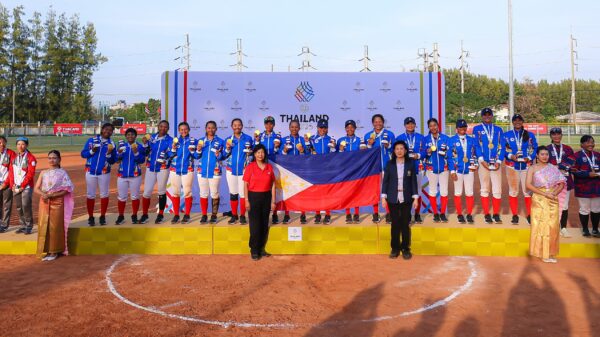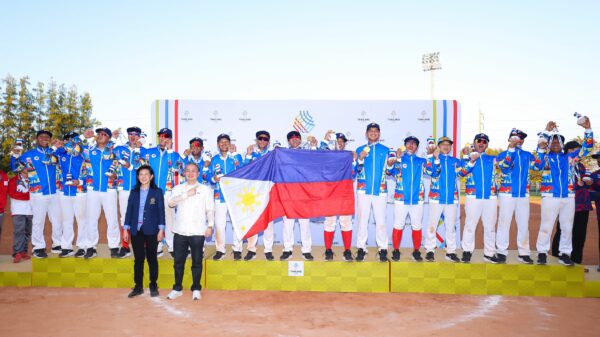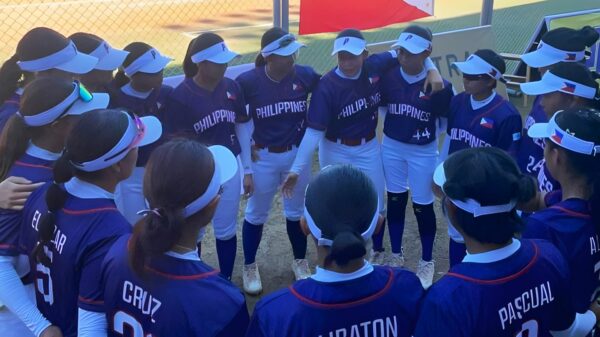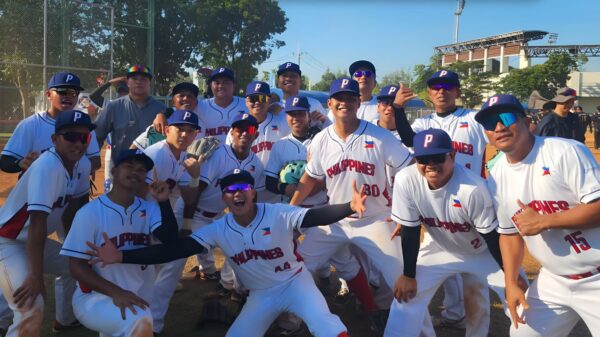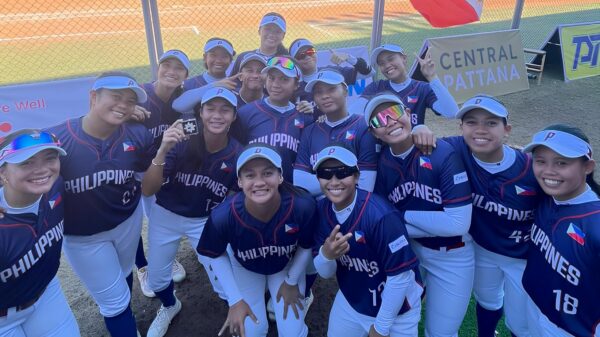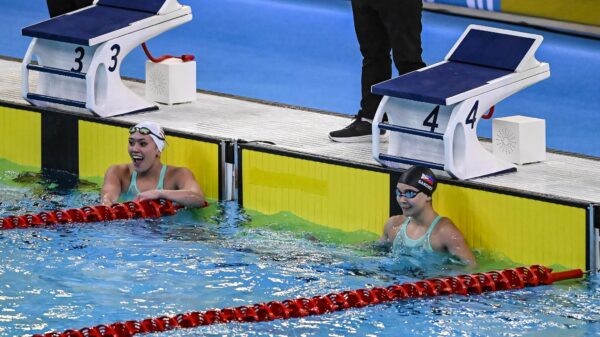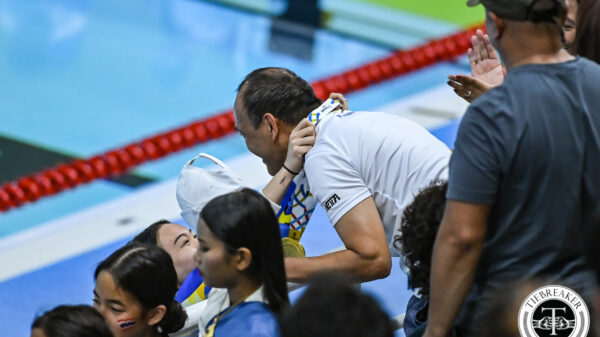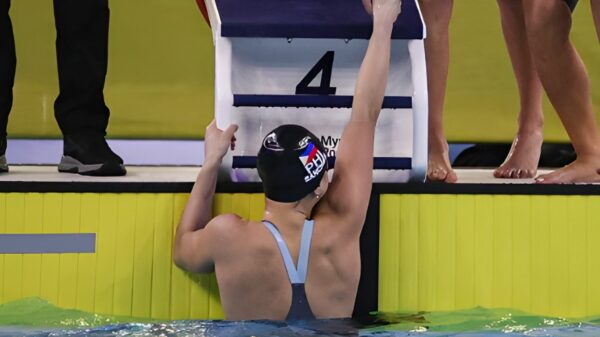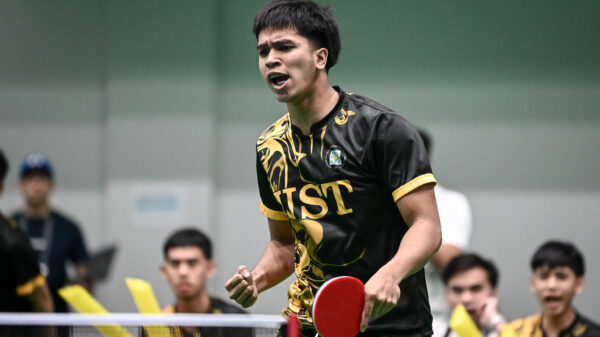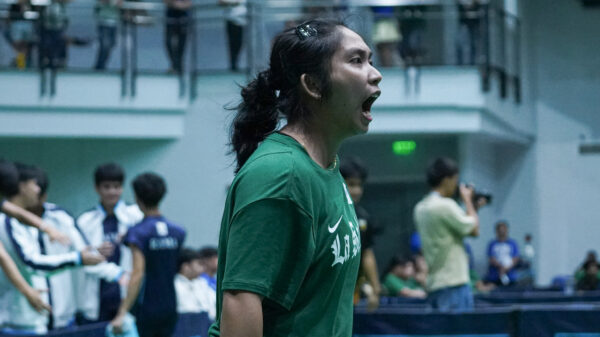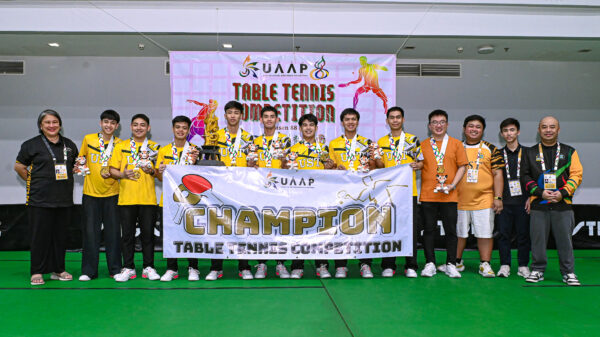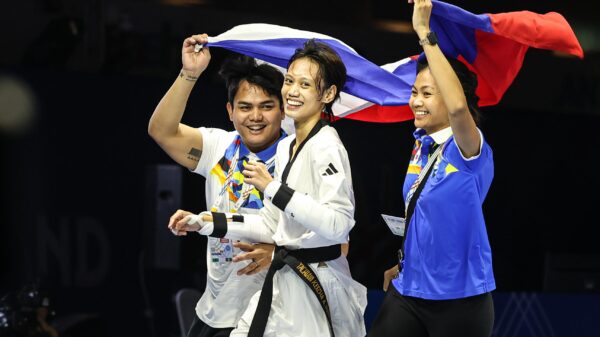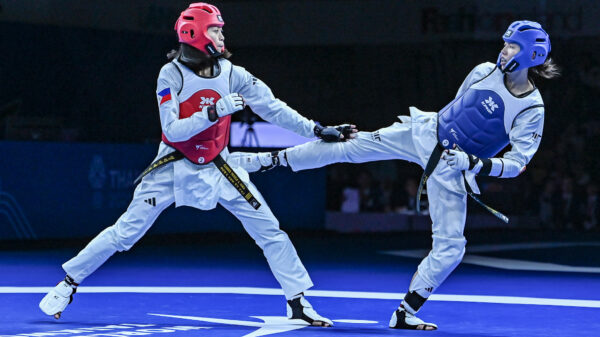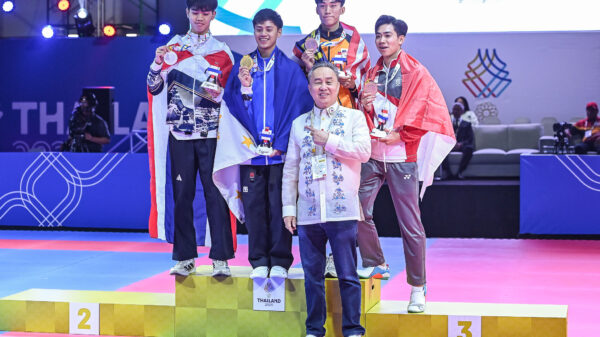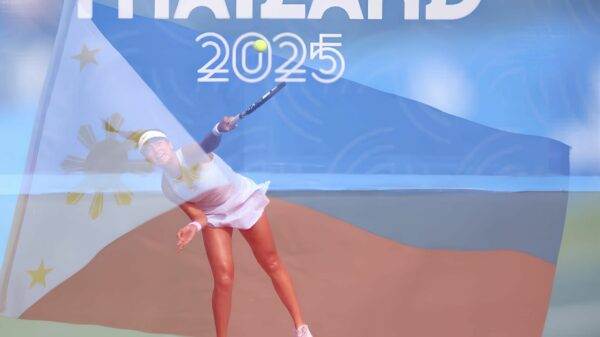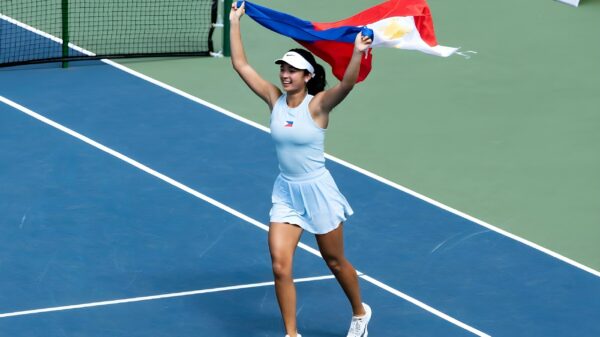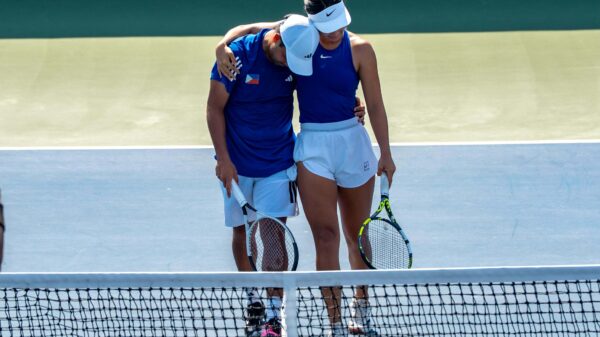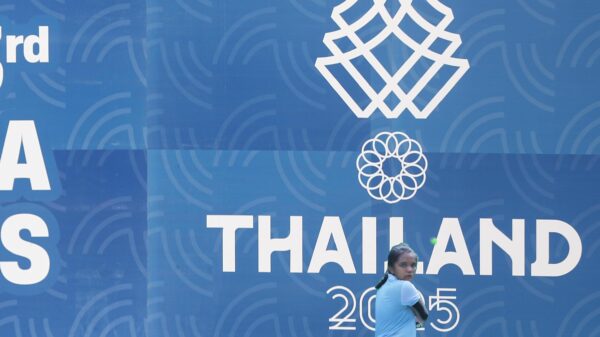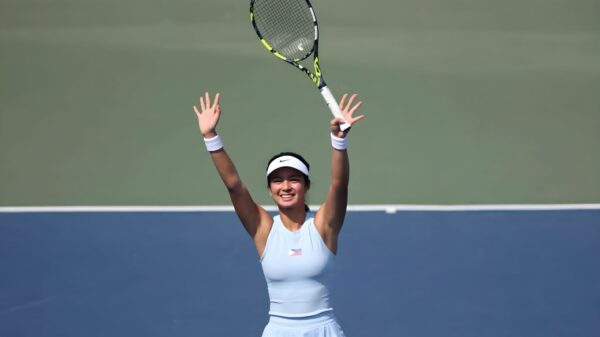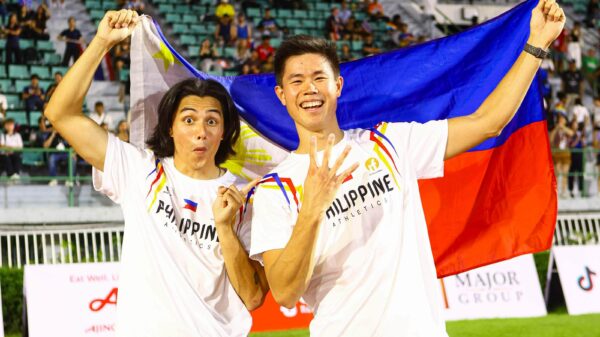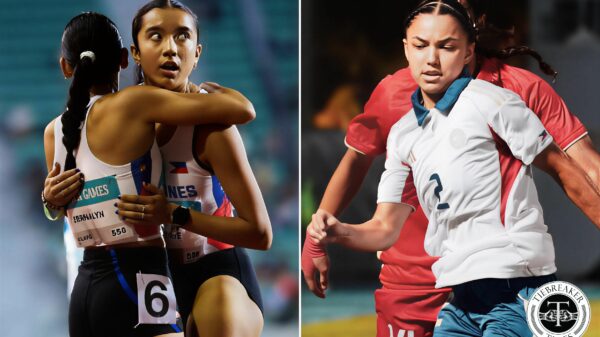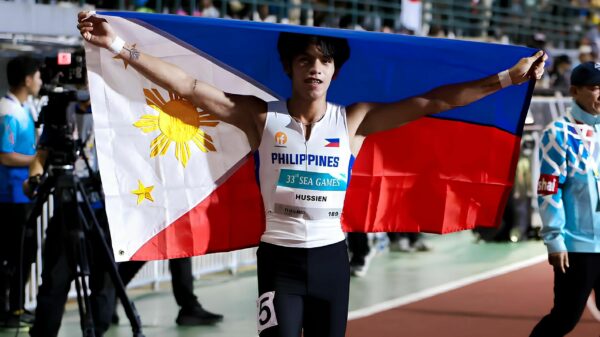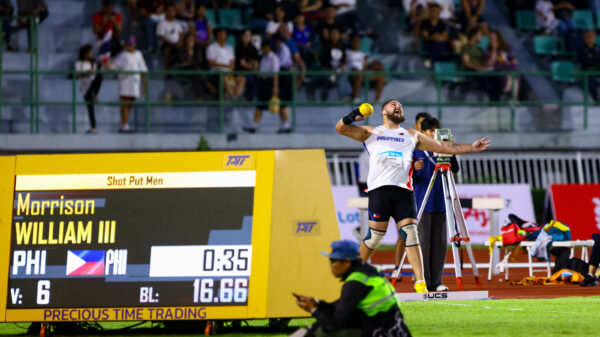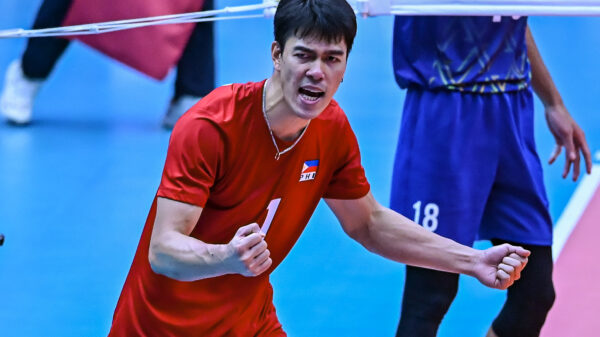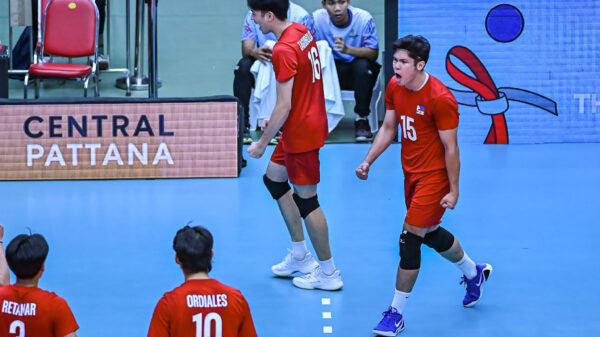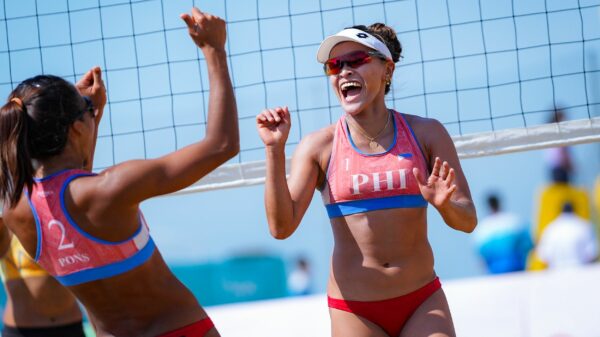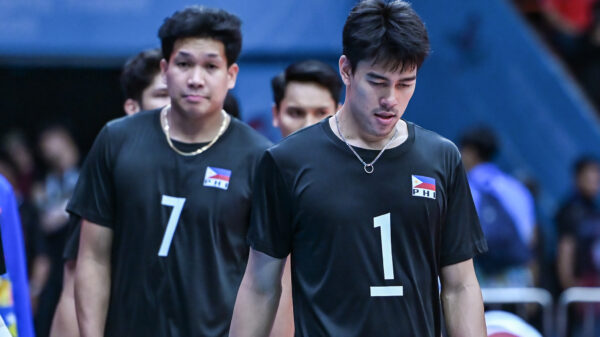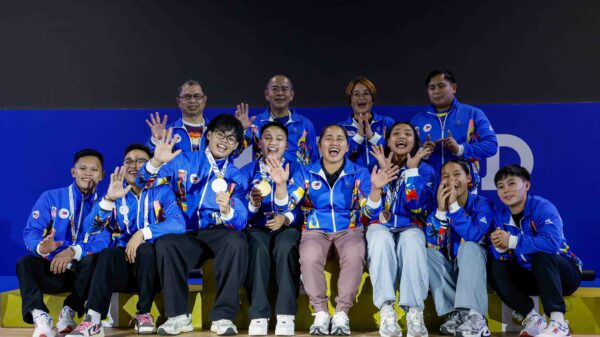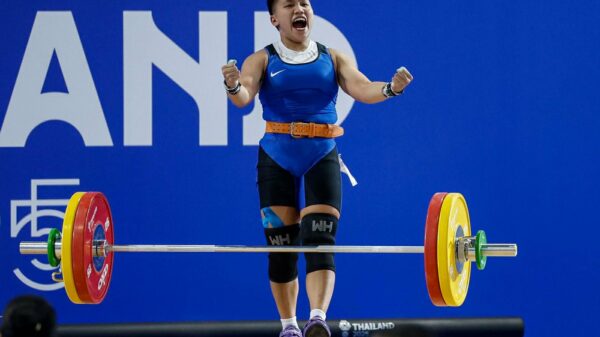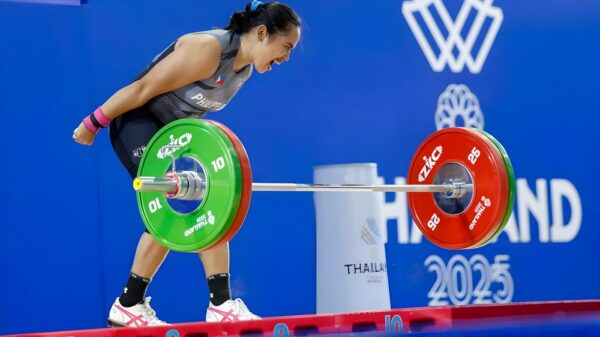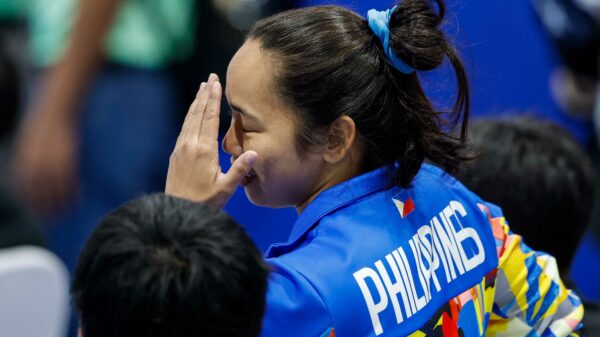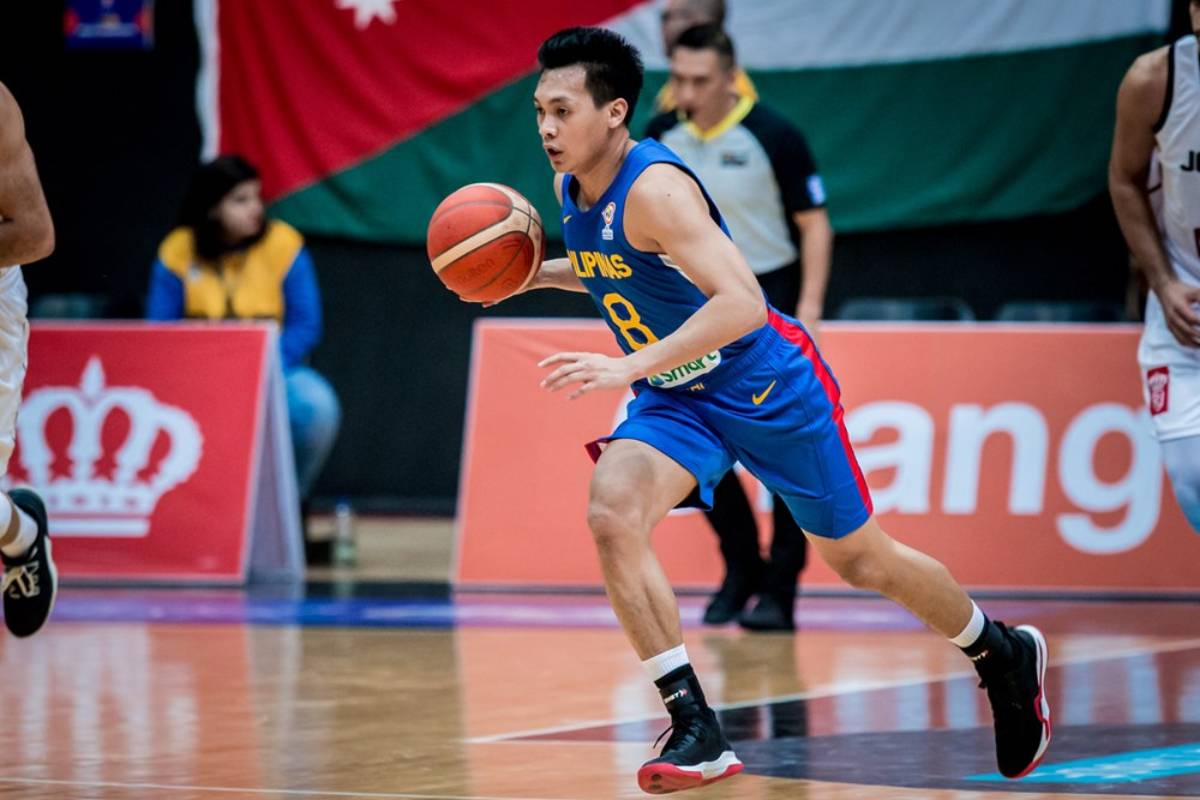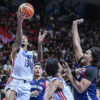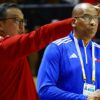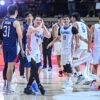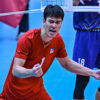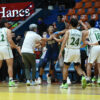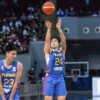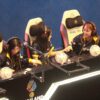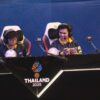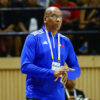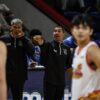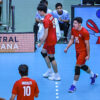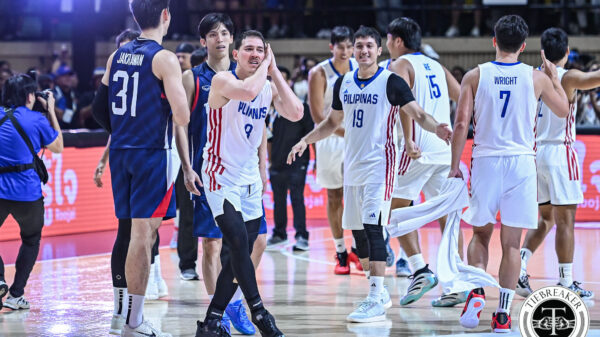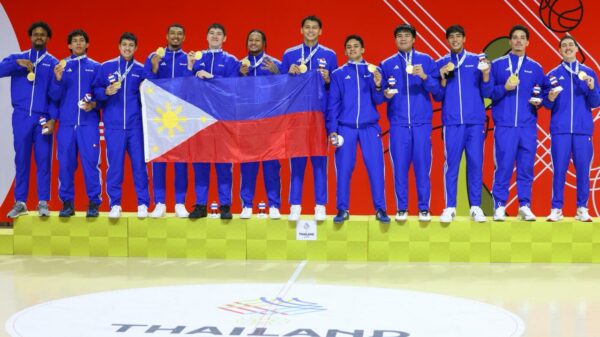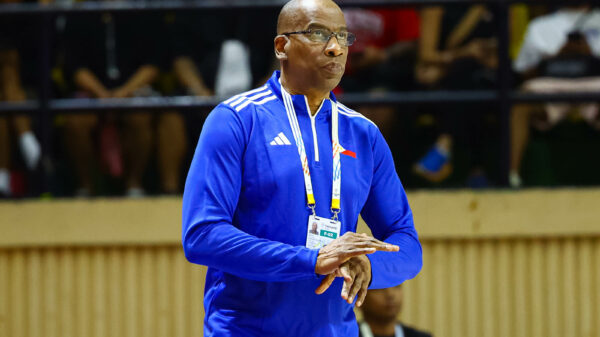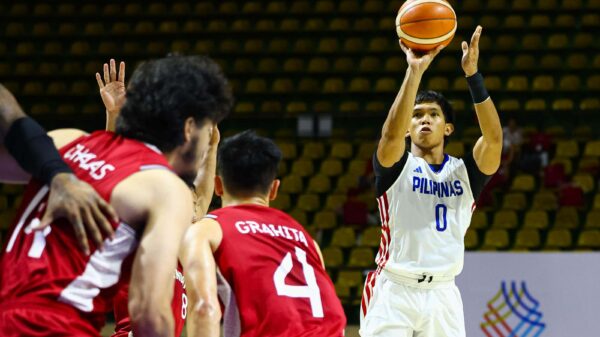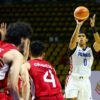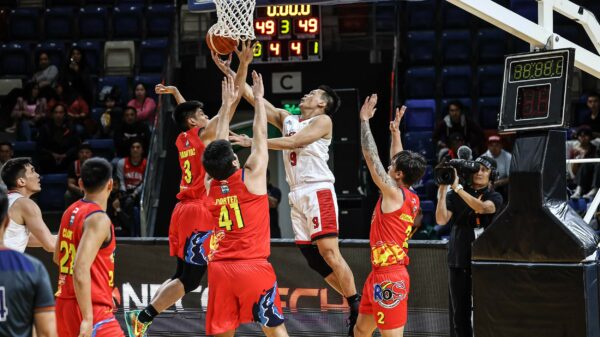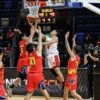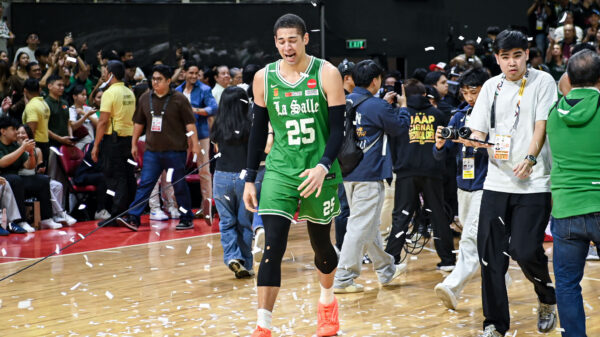Gilas Pilipinas opened the Fifth Window of the 2023 FIBA World Cup Qualifiers with a resounding win against a strong Jordan team that consisted mostly of holdovers from the team that finished fourth in the 2022 FIBA Asia Cup. Gilas won by eight in a relatively close game and held Jordan to just 66 points for the game and 25 points in the second half.
The team won by playing strong defense and capitalizing on Jordan’s inability to shoot the ball. In the pivotal third quarter, Gilas beat them 21 to 10 and didn’t look back after taking the lead with seven minutes to play in the quarter. Their team defense was especially strong against Ahmad Al Dwairi who was pestered by multiple players constantly and was forced to commit 10 turnovers by himself.
Jordan aided Gilas’ efforts to win by not making a single triple in the second half. They went 3-of-25 in the game (12-percent) and they were 1-of-17 (5.9-percent) outside of Dar Tucker. Their offense never truly got going due to a combination of terrific defense and a very bad shooting day.
But we’re not here to talk about defense. We’re here to talk about how our boys were used and what we saw from them on that end, whether good or bad. We’ll discuss Scottie Thompson’s breakout international performance and what the team needs to work on in order to improve offensively.
Scottie Thompson is a Cheat Code
Finishing with eight points, 13 rebounds, and eight assists, Thompson made a great account for himself in what can be viewed as his breakout performance in international basketball. Thompson has continuously improved in the PBA and has successfully turned himself into a fantastic floor general. His ability to control the ball, penetrate, and create for others was destructive, especially when paired with his off-ball prowess and unmatched nose for the ball for offensive rebounds.
With a solid screen, Thompson is able to consistently get to the rim. This is because bigs were in drop coverage against him probably due to him not being a great pull-up shooter. This gives him the space to make long strides. With long strides, he’s able to accelerate quickly and beat defenders to the cup for layups. Many players do not have the athletic traits and movement skills that Thompson possesses. They have to work more to get to the rim. The simplicity in his game is not because he’s less skilled. It’s because he doesn’t need to bring out the bag to get good results.
Thompson’s ability to get to the rim and put two feet in the paint was the driver of Gilas’ offense. When a player enters the paint, it warps the defense and draws most, if not all, of the attention. Getting close means that the ball handler is a threat to make a high-percentage shot inside which means that the defense needs to adjust to him and prevent him from scoring.
This is where his ability to pass comes into play. In the first possession, Thompson gets inside and this draws Tucker’s attention. He has his eyes locked on Thompson. Al Dwairi also started backpedaling inside to contest a possible layup. Dwight Ramos takes advantage of the defense focusing on Thompson and makes a cut and Thompson makes Ibrahim jump first before giving it up to Ramos for the uncontested shot.
In the next possession, he runs a pick-and-roll with Japeth Aguilar. He gets to the paint and his plus Aguilar’s defender tries to contain him. This leaves Aguilar open which forces Tucker to help. This means that Ray Parks, Tucker’s assigned man, is open in the corner. It results in another assist for Thompson. The ability to warp the defense with attacks to the rim against the drop coverage combined with his vision and ability to make the right pass was the strongest part of the Gilas offense.
This play is the FIBA Scottie Thompson experience boiled down into one play. He drives inside, draws help, finds the open man, and then sticks the ball back in. He has the ability to get you a good shot and then if that misses, he can give you a second chance. It’s no exaggeration to say that their offense against Jordan was driven by the opportunities created by Thompson. It’s clear that the strides he’s made locally can translate into the international game.
Offense is Spacing, Spacing is Offense
The title of the section is a quote from Hall of Fame coach Chuck Daly. In the modern era of basketball, that statement couldn’t be truer. Basketball revolves around creating, maintaining, and attacking space. The goal of the offense isn’t to make a shot every possession, it’s to get a good shot. These good shots tend to present themselves when the players are properly aligned to get space to work toward a good look. In discussing the Gilas offense, we need to discuss Gilas spacing.
Basketball at the highest level has become a pick-and-roll-based game. The most popular variation of the pick-and-roll is the spread pick-and-roll. This is a pick-and-roll wherein the three players uninvolved in the action are positioned behind the three-point line (in the corners and the opposite wing). This is done to draw the defense out and free the screener and the ball handler to attack the rim without inside help. It’s pervasive in the modern game and it’d be hard to find an NBA game without at least 20 spread pick-and-rolls or filled-corner pick-and-rolls.
The spread pick and roll was, by far, the most common action ran by Gilas. This makes sense for a bunch of reasons. First, their primary screeners, Kai Sotto, Ange Kouame, and Aguilar, are terrific rim runners and above-the-rim finishers. Second, their primary ball handlers (Thompson, Ramos, and CJ Perez) are great slashes and finishers inside. Being able to attack the rim without multiple bigs lurking around would be a terrific boon for these games. Third, it’s sound basketball tactics in the modern era. There’s a reason why it’s probably the most used
Replacing and Taking Away the Help
Spread ball screens alone don’t give you good spacing. Good spacing means the defense isn’t crowding you and forcing you into bad shots and that can be done in many ways. Gilas achieved solid spacing in some possessions by moving away from the rim to take away the low man’s help.
In this possession, Jordan hedged against Thompson which meant that the opposite corner’s defender (Ramos’ defender) has to step in and tag Sotto on the roll. Thompson gave the ball to Aguilar as the pressure release valve because passing it directly to Sotto with a taller defender on him could be risky. Ramos vacates the paint and took Tucker along with him which means there’s no one to help on Sotto.
And the result is the closest thing to a sure two points.
Here’s a similar possession with the same concept of taking the help inside away. This possession starts with Sotto in the low block while Aguilar executes a dribble handoff with Ramos. We see Sotto moving out of the paint as Aguilar starts to make the handoff. This is because, in their offense, there’s usually only one person inside the arc at all times to maximize their spacing and minimize help at the rim. After all, it’s a waste to play elite rim threats like Sotto and Aguilar outside for the whole game.
Instead of handing it over to Ramos, Aguilar keeps the ball and fakes the handoff to drive inside because Tucker is out of position to switch, Abbas is flatfooted, and Al Dwairi is too busy following Sotto outside. The outcome is a highlight dunk that wouldn’t have happened if Sotto decided to stay in the paint.
Imperfect Spacing
As we said before, they won not because of their offense, but because of their defense. Despite modern concepts and a brilliant Thompson performance, the offense was not spectacular because the spacing was not spectacular. Let’s talk about why that was the case.
Having two non-shooting bigs at nearly all times was good for the defense, but not great for the offense. Being relatively harmless behind the arc, there were plays where they had a big parked down the low block. This resulted in less-than-stellar shots at the rim and occasionally clogged attempts in the paint.
In this possession, Kouame rolls inside, but Poy Erram’s defender, Ahmad Alhamarsheh, is there to help on him. He makes the right pass to Erram, but his defender, Mohammad Hussein, easily switches on Erram. The corner defender gets in the mix and the congestion makes Erram shuffle his feet resulting in one of several turnovers from the team’s big men (Erram, Kouame, and Sotto combined for eight turnovers).
The biggest problem with multiple non-shooting bigs is that opposing teams are neither blind nor stupid. They can see that these guys shooting threes aren’t at the top of Gilas’s plans and that those shots aren’t exactly what Chot Reyes has in mind when he thinks of a good offense. Also, they’re not incapable of scouting and looking at how our players perform in their pro teams.
Once Jordan realized that our guys aren’t exactly sharpshooters, they started cheating off of them and sagging to be near the paint. This is an important thing to keep in mind: spacing isn’t the alignment of the offense, it’s the alignment of the defense. You can have all five players standing 30 feet away from the rim and still not have good spacing if the defense doesn’t respect their shot.
Here, Gilas runs Horns Out. Parks and Aguilar are showing Horns alignment (both are at the elbow). Aguilar screens for Parks to get to the other wing. The play usually involves a step-up screen from Aguilar to Thompson, but since the dribble wasn’t live, Aguilar cut inside for a possible shot at the rim. With Sotto in the corner, Al Dwairi felt comfortable sagging off of him and staying near the paint the whole possession. The play ends with Al Dwairi taking two steps and blocking Aguilar at the rim.
This is the most damning possession. They run a wing-to-wing spread pick and roll between Ramos and Parks with Aguilar and Sotto filling both corners to keep Abbas and Al Dwairi out of the paint. This is textbook modern basketball. This, in theory, should space the floor well for them. In reality, it reinforces that spacing is the alignment of the defense and not the offense. As Tucker shows on Parks, Ramos receives the ball and attacks. Al Dwairi inches inside and this shot ends up being recorded as a block for him.
It’s one thing to have tactics and play calls that theoretically space out players. It’s another thing for them to execute it and force the defense to react the way they want. It’s hard to get around the fact that this team has a shooting problem (and not just with the lack of shooting from their bigs). The team was six for 20 (30 percent) from deep. This isn’t exactly encouraging in terms of both volume and efficiency. Roughly 29 percent of their shots came from three. This is a ratio that is lower than the De La Salle Green Archers, a college team that has been criticized for its lack of floor spacing.
The team can’t rely on Kai Sotto making two triples every contest, a feat he’s only achieved once before (against China in 2018 during the U18s). Other than Jamie Malonzo, the other bigs on the squad can be considered non-shooting bigs:
| Two-point Jumpers | Three-point Jumpers | |
| Kai Sotto | 11/38 (28.9%) | 8/30 (26.7%) |
| Ange Kouame | 8/28 (28.6%) | 11/36 (30.6%) |
| Japeth Aguilar | 22/64 (34.4%) | 2/8 (25.0%) |
| Poy Erram | 29/77 (37.7%) | 14/74 (18.9%) |
Note: data is from all FIBA competitions since 2019 + available recent PBA/NBL/UAAP data as per InStat
What we can get from this data is that our big guys aren’t exactly legitimate shooting threats. The team will have to either scheme better to hide this deficiency, rely heavily on the defense to make up for the offensive woes, hope they improve, pray that Tamayo and Baltazar are available, or some combination of the above.
Against Jordan, Sotto made most of his long ball attempts, but we’re not entirely sure how reliable this is given his prior showings. The other bigs have never been reliable jump shooters despite memorable moments here and there. Playing two non-shooters for nearly 40 minutes is just not great for offense in most cases.
All in all, Gilas’ offense showed promise. They played while using modern spacing principles and played tactically sound basketball that fits well in the current era of play. There are blemishes, but a lot of the problems speak more about the personnel rather than the tactics if we’re being honest. There’s a lot of reason to be optimistic about the direction the program is heading toward after a solid win over a regional powerhouse.
The defense was legitimately very good and that’s a great place to build on. The core of this roster also seems like a great building block for the program moving forward. They looked cohesive and coherent which sparked hope for when they play bigger and more important games. Overall, despite not being great, it showed promise and after everything the team has gone through in the past months, it’s good enough.
For now.
—
Catch Gilas fight for flag and country with the SMART Gigaplay app. Download it here >> https://smart.com.ph/Pages/gigaplay

